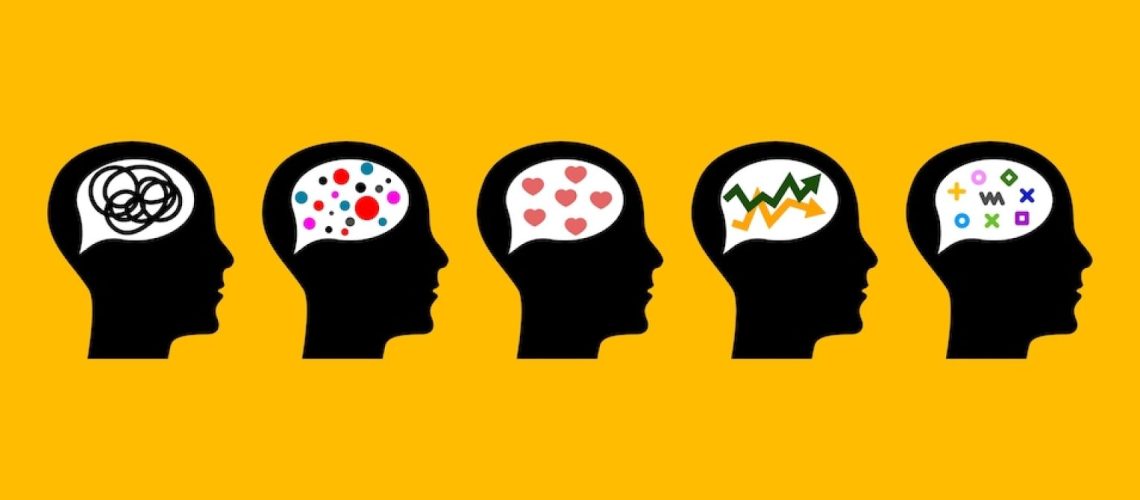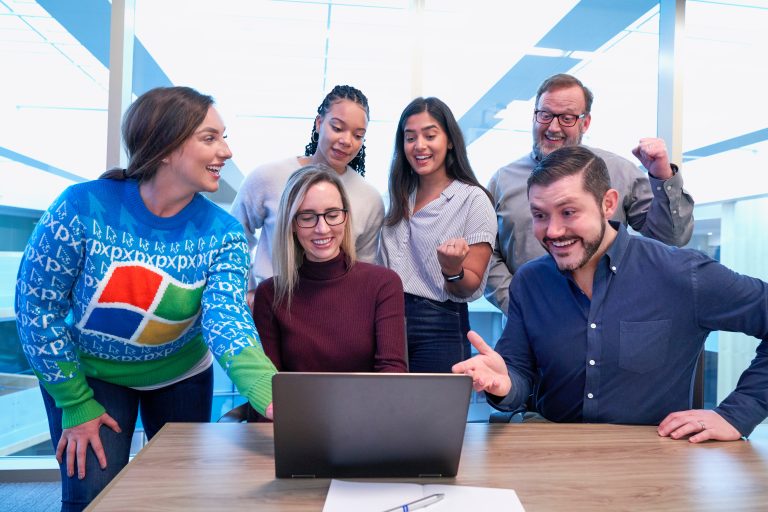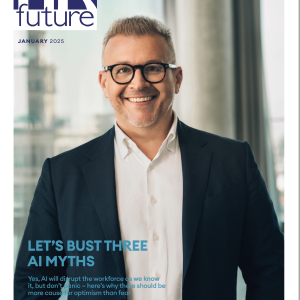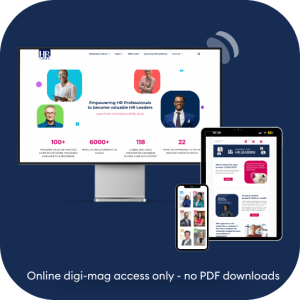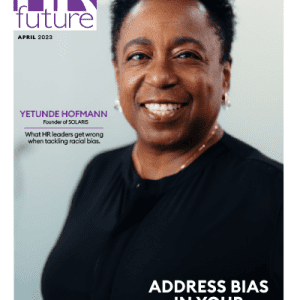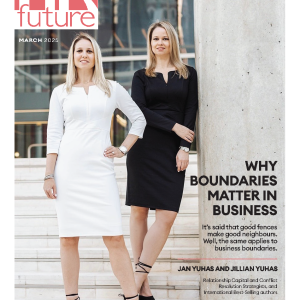eLearning is in high demand in 2023. Every second, an individual prefers eLearning over the traditional learning system. This is because eLearning comes with various benefits, including but not limited to customized plans, courses, flexible timing, affordable costs (compared to traditional learning), and much more.
Personalized Learning Paths
With the use of technology, custom eLearning is an evolution in education by meeting the demands of each student.
How Does It Work?
The analysis of student data by advanced algorithms takes prior knowledge, learning style, and pace into account. This makes it possible to design customized curricula, assuring the relevance and interest of the content.
For instance, if a student excels in a specific subject, the system might speed up their development while providing extra assistance when needed. This adaptive method encourages self-directed learning in addition to maximizing understanding.
Personalized learning has the potential to revolutionize education by making it more inclusive and successful for students of all backgrounds and skills.
Immersive Learning Experiences
By engaging students in vibrant, interactive surroundings, immersive learning experiences are transforming education.
Virtual Reality (VR) and augmented reality (AR) technology enable education to take place outside of the traditional classrooms.
In a risk-free setting, students can research historic locations, dissect virtual organisms, or recreate challenging situations. This hands-on experience method improves understanding and memory since it engages several senses of our body.
Gamification increases engagement even further by transforming courses into fascinating challenges.
With the easy accessibility of hardware, game developers may refine these advanced simulations. This development is set to become a pillar of future education, bridging the gap between theoretical understanding and execution.
Microlearning And Bite-Sized Content
By providing data in manageable, bite-sized portions, microlearning is transforming the educational landscape.
- Concentrated Lessons: The modern students’ inclination for time-saving, on-the-go learning is catered to by these concise, concentrated lessons and courses;
- Visual First Approach: Microlearning increases retention and reduces cognitive strain with quick movies, quizzes, or infographics;
- Mobile-First Technology: Whether the student is at home or on a bus, they can access the course whenever and wherever, thanks to its mobile-first approach; and
- Cohesive Strategies: Using interval strategies helps people remember information for a longer period of time. This strategy promotes steady, incremental advancement and is in line with the attention span of the student.
Microlearning is a potent weapon on the educator’s side, ensuring that students efficiently absorb and remember information in a fast-paced environment as attention to detail becomes rapidly important.
Accessibility And Inclusivity in eLearning
eLearning must be inclusive and accessible to guarantee that everyone has an equal opportunity to receive a quality education.
- Universal Design: Platforms and content are created with universal design principles so that users of all abilities can access them. In order to guarantee that information is usable by people with disabilities, assistive technologies like screen readers and speech recognition software are made to be compatible with it;
- Linguistic Barriers: Language barriers are reduced by multilingual support and localization initiatives, enabling non-native speakers to learn; and
- Diversity: eLearning platforms prioritize accessibility and provide an inclusive learning environment where anybody can engage with educational content on an equal basis, irrespective of their background and disabilities.
This dedication to diversity is not merely a moral requirement; it also has the power to fundamentally alter the course of education in the future.
Emerging Technologies in Ed-Tech
Mentioned below are the three emerging technologies in the eLearning industry:
- Edge Computing: Edge Computing enables fluid and interactive learning experiences by reducing delay;
- Internet of Things (IoT): IoT extends education beyond screens by adding experiences in the real world; and
- High-Performance Computing (HPC): HPC guarantees unmatched processing power, enabling complex simulations and real-time data analysis.
Blockchain And Credentialing In Ed-Tech
Credentialing in eLearning is being revolutionized by blockchain technology. Blockchain provides a safe and open environment for confirming credentials and accomplishments.
- Protection From Frauds: Learners acquire control over the credentials using decentralized records, lowering the possibility of fraud or misinterpretation; and
- Badges and Certification: Verified certifications and digital badges offer observable verification of skills, improving employability.
The future of eLearning will change as blockchain applications develop, creating a standardized system for evaluating knowledge in the digital world.
Guest Writer

